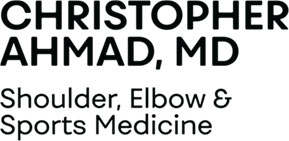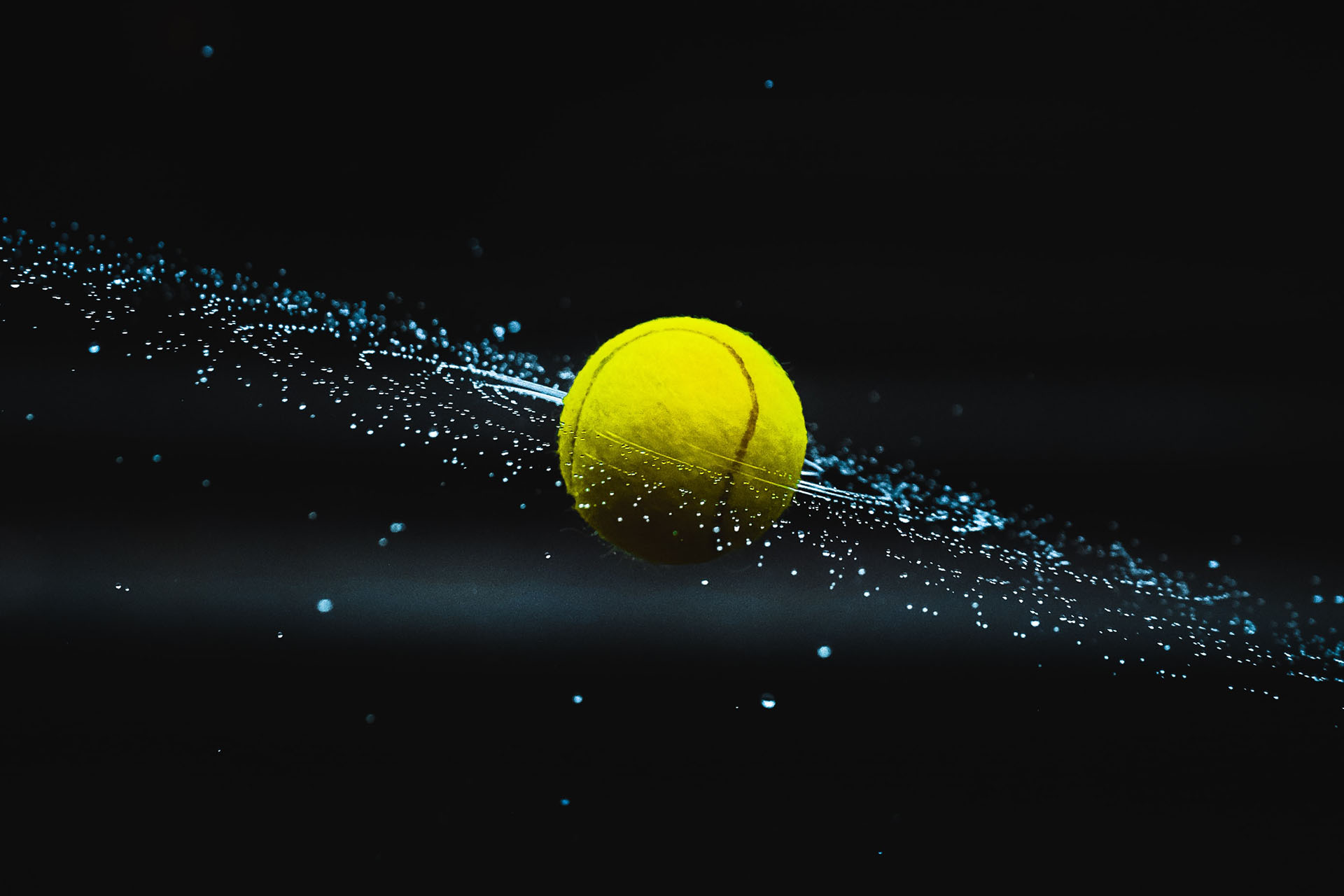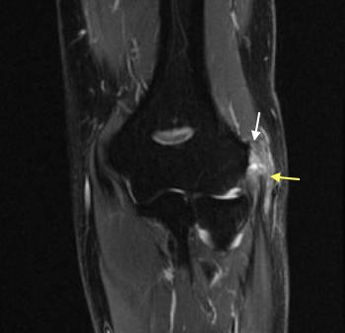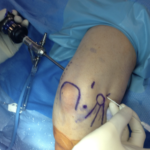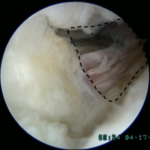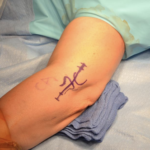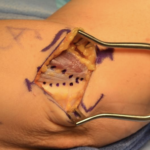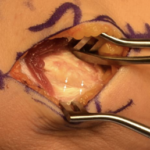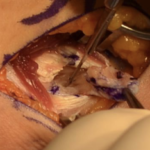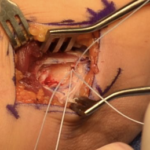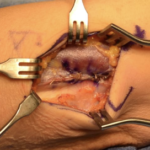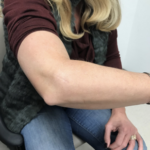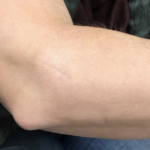Overview
Lateral epicondylitis, or more commonly known as tennis elbow, is a condition that affects the lateral (outside) aspect of the elbow. The extensor muscles of the forearm attach on the lateral epicondyle of the humerus. With repetitive movements such as gripping, the extensor tendons pull on the epicondyle. Repeated muscular contraction causes small tears in the tendon followed by an ineffective healing process that leads to a chronic degeneration. Tennis elbow is frequently observed in the patient’s dominant arm and the most common tendon injured is the extensor carpi radialis brevis.
Who is affected by tennis elbow?
- Up to 50% of all tennis players (risk factors include: poor technique, and incorrect racket or grip)
- Laborers who use heavy tools
- Anyone engaging in repetitive gripping or lifting tasks
- Most commonly seen in patients between the ages of 35 and 50
Symptoms:
- Pain develops on the outside part of the elbow.
- The pain is worse with gripping activity where the wrist and elbow are extended.
- Discomfort or pain with holding objects such as a gallon of milk.
What to expect when you see Dr. Ahmad
Dr. Ahmad and his team meets with each patient to discuss their symptoms and any relevant history. Dr. Ahmad then performs a physical examination, including range of motion and special tests, to further confirm the diagnosis. In some situations, an MRI scan may be ordered to determine the severity of the epicondylitis.
Physical Exam and Imaging
 Diagnosis is confirmed after evaluation
Diagnosis is confirmed after evaluation- Physical exam is comprised of the lateral elbow and related structures
- X-ray imaging is used to determine the status of the bony anatomy
- MRI aids in determining the severity of the lateral epicondylitis.
- MRI detects tendon tears or signal changes related to tendinopathy.
Treatment Options
Treatment of lateral epicondylitis is dependent on a number of factors including duration and severity of symptoms. Patients may elect for non-operative or surgical treatment based on evaluation and shared decision making with Dr. Ahmad and his team.
Non-surgical
- First treatment step, which is successful for many
- Eliminate the activities producing pain
- i.e., lifting weights, intense gripping
- NSAIDS and a rehabilitation protocol
- Decrease inflammation, icing, compression wrap
- Physical therapy should focus on eccentric strengthening
- Some patients elect to use a tennis elbow brace during the day or with activities
Injection Treatments
- May be used if oral NSAIDs do not help
- 2 different types: Cortisone and Platelet-Rich Plasma (PRP)
- Cortisone helps to alleviate any inflammation right at the source
- PRP is used in the treatment of more severe lateral epicondylitis
Operative Treatment
- Option for patients that do not see relief from non-surgical treatments
- 3 different surgical options
Percutaneous debridement
- Most minimally invasive surgery (see video).
- Performed with a single incision the size of the tip of a pen
- Ultrasound guidance.
Arthroscopic debridement
- Minimally invasive with use of a camera
- Allows Dr. Ahmad to evaluate for additional intra-articular injuries
Open Debridement
- Small incision
- Recommended in more advanced cases of lateral epicondylitis
- Allows Dr. Ahmad to visualize the damaged tissue
- Damaged tissues is excised and healthy tissue is repaired
Recovery
-
- Sling for 24 hours
- Wrist splint for 4 to 6 weeks (varies on severity of epicondylitis)
- Physical therapy helps decrease swelling, pain, and to regain strength in extensor muscles
- Avoid gripping activities such as opening a jar or lifting objects greater than 3 pounds.
Dr. Ahmad’s Experience
Dr. Ahmad is nationally recognized expert in the treatment of tennis elbow (lateral epicondylitis) and has designed and studied the optimal methods to surgical repair tennis elbow. His undergraduate training in mechanical engineering has allowed him to research the optimal methods of treatment. Dr. Ahmad has performed several hundred elbow arthroscopies and tennis elbow treatment in all types of patients from elite pitchers, weightlifters, and tennis players.
Listed below is Dr. Ahmad’s scholarly articles and research published to help better understand and treat tennis elbow.
Scholarly Publications Related to Tennis Elbow
- AAOS/ASES Shoulder and Elbow, Faculty, Surgical Techniques & Management, Arthroscopic Tennis Elbow Release. Rosemont IL, January 2007
- Ahmad CS: Non-Operative Tennis Elbow Treatment Still Standard as Interest in Endoscopy Expands. Orthopedics Today, 28:69, 2008
- AAOS/ASES Shoulder and Elbow Course, Faculty, Elbow Arthroscopy, Technique of Arthroscopic Tennis Elbow Release. Rosemont IL, January 2009
- 2011 AAOS Top Controversies, Speaker, Elbow Arthroscopy: “How To” Beginners Guide and Shoulder I Transition from Open Capsular Releases and Tennis Elbow Releases to an AllArthroscopic Technique, New York, NY, October, 2011
